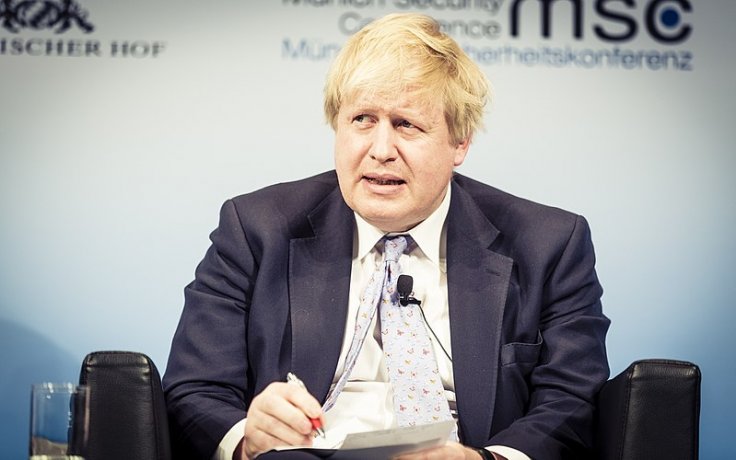England tentatively began easing its coronavirus lockdown on Wednesday, with some people who cannot do their jobs at home urged to return to work, as stark economic data showed the disastrous impact of the pandemic.
The worst-hit country in Europe with more than 40,000 deaths from COVID-19, including 275 health and care workers, according to official data, Britain has been in lockdown since March 23.
The government is loosening restrictions only gradually, for fear of triggering a second peak of infections. As of Wednesday morning, people in manufacturing and certain other sectors were being asked to return to work if they could not work from home.
Answering questions in parliament, Prime Minister Boris Johnson said it was "very notable" that in some countries where relaxations had been introduced, there were signs that the rate of contagion was rising again.
"That is a very clear warning to us not to proceed too fast or too recklessly," he said.
Johnson has described the process as a "supremely difficult" balancing act between public health and the economy.
GDP figures showed the economy shrank by a record 5.8% in March from February, and the April data is likely to be worse as the country was under lockdown for the whole month.
"It is now ... very likely that the UK economy will face a significant recession this year and we are in the middle of that as we speak," finance minister Rishi Sunak said.
Scotland, Wales and Northern Ireland, which have semi-autonomous governments, are sticking with a "stay at home" message for now, leaving England, the most populous UK nation, to take the lead in sending some people back to work.

Johnson has been criticised for confusing the public about what can and can't be done safely. People have struggled to reconcile the advice to go to work with strong discouragement from using public transport, and with a lack of childcare while schools remain closed.
Many have also asked why people were not allowed to let friends and relatives into their homes, while they are now authorised to allow prospective homebuyers in to view their properties.
"All those who talk about confusion or mixed messages are grossly overstating the position," Johnson said. "The common sense of the British people is shining through."
CROWDED BUSES
During the morning rush hour in London, commuter trains appeared busier than in past weeks, though still far from pre-pandemic overcrowding. Many people wore face masks, and made noticeable efforts to observe distancing.
The capital's transit operator, Transport for London, said the number of underground train journeys during the morning peak was about 7% higher than last week, but overall use of the "Tube" network was still down 94% compared to last year.
It said it had run about 70% of its Tube services and 82% of buses. Road traffic into the city was steady, though also well below traditional rush hour levels. Digital information panels said: "Stay home, essential travel only, save lives".
Asked about video footage showing commuters, not all wearing masks, squeezing on and off crowded buses, Johnson said: "I don't want to see crowding on mass transit or public transport in our capital or anywhere else."
Transport minister Grant Shapps has warned that if travellers stick to the 2-metres social distancing rule, the capacity of the public transport network would be reduced by about 90% compared with pre-coronavirus levels.
The government has been under increasing pressure over its handling of the outbreak, which opposition leaders have said was slower than in comparable European countries and had been marred by insufficient testing and supplies of protective kit.
Opposition Labour Party leader Keir Starmer grilled Johnson about the situation in care homes for the elderly, where the outbreak has been particularly deadly.
Starmer said there had been 18,000 excess deaths in care homes in April of which only 8,000 were related to COVID-19, meaning there were 10,000 unexplained excess deaths.
Johnson, who has been accused by people working in care homes of having neglected the sector, said the homes were experiencing an "appalling" epidemic but made no comment on Starmer's figures.
"I was disappointed that the prime minister doesn't have an answer to the pretty obvious question, 'what are those 10,000 unexplained deaths?'," said Starmer.
The Labour leader also asked Johnson why the government's official advice until March 12 was that "it remains unlikely that people receiving care in a care home will become infected".
Johnson said it was "not true" that the advice said that. Labour later circulated the advice with the relevant wording and Starmer wrote to Johnson demanding he return to parliament to correct the record.
Johnson's political spokesman said Starmer had quoted "inaccurately and selectively" from the official guidance.








